A Whale of a Tale... and Lens - The Canon RF 28-70mm f/2L USM
Call me Ishmael. Some years ago - never mind how long precisely - having little spending money in my pockets (since I was only an adolescent at the time), I became infatuated with the Nikon F4. Styled in the finest modern Italian tradition by the noted industrial designer Giorgetto Giugiaro, I thought it was out-of-this-world, in how space age it looked, But alas, I had to settled for the next best option, which was the Nikon F801 and a Sigma F-mount lens.
At the time, it gnawed on me that I didn’t get a proper Nikon AF-D lens for my Nikon F801 (which is the same as the Nikon N8008). That said, I was able to remedy this imbalance by adding native lenses to my growing Nikon collection. If only it were enough to satisfy my obsessive compulsive behavior. But then, my leering eyes quickly found a new source of anguish - namely the Canon EF 50mm f/1.0L USM, Canon EF 85mm f/1.2L USM, and Canon EF 200mm f/1.8L USM.
Canon lenses. They tasked me. How I looked upon their outrageous maximum aperture with an inscrutable malice sinewing them. Such was my scorn, I condemned them round the dark, and round tungsten light, and round the maelstrom of high contrast backlight, and round perdition’s flame without relent. And if my chest were a mortar, I would have surely burst my hot heart’s shell upon the white hump of those lenses - all to alleviate my resentment.
Canon EOS-R + Canon RF 28-70mm f/2L USM @28mm, f/2, 1/40s, ISO 1600
Canon EOS-R + Canon RF 28-70mm f/2L USM @70mm, f/2, 1/40s, ISO 1600
Canon EOS-R + Canon RF 28-70mm f/2L USM @70mm, f/2, 1/40s, ISO 1600
Canon EOS-R + Canon RF 28-70mm f/2L USM @28mm, f/5.6, 1/200s, ISO 1600
Canon EOS-R + Canon RF 28-70mm f/2L USM @50mm, f/2, 1/1250s, ISO 1600 - Not tweaked in post.
Canon EOS-R + Canon RF 28-70mm f/2L USM @28mm, f/2, 1/800s, ISO 1600
From deep down the abyss of my heart, I stab at their white telephoto lenses. And for contempt’s sake, I spit my last breath at the rest of their lens system. Still, what good would that have done? I knew Canon had the jump on Nikon. Where Nikon went to great lengths to preserve the F-mount system, in their transition from a manual focus to an autofocus system, Canon decidedly rejected the past, and developed a new system that was better optimized for autofocus.
Even so, I remained loyal to Nikon for many years. Through thick and thin, from film to the rise of digital imaging, I stayed true hoping that Nikon would step up their game. But then, it eventually became clear to me that Nikon had no intention of ever alleviating my contempt and resentment. That was when Nikon introduced the Nikon Noct AF-S 58mm f/1.4G. It was such a disappointment of epic proportion, since it fell short of matching the Canon EF 50mm f/1.2L USM in speed.
We make too many compromises as Nikon loyalist. Canon invades Nikon’s market dominance, and nothing is done. Canon assimilates former Nikon photographers, and nothing is done. Not again. The line must be drawn here. This far. No further. The AF-S 58mm Noct was the last straw. I mean, how could they not have revived their Noct-Nikkor 58mm f/1.2 Ai-S with an autofocus version? It’s as if they don’t want to match their arch nemesis, let alone reward Nikon shooters for their loyalty.
Canon EOS-R + Canon RF 28-70mm f/2L USM @28mm, f/2.8, 1/250s, ISO 1600 - Not tweaked in post.
Canon EOS-R + Canon RF 28-70mm f/2L USM @70mm, f/2.8, 1/160s, ISO 1600 - Not tweaked in post.
Canon EOS-R + Canon RF 28-70mm f/2L USM @35mm, f/2.8, 1/80s, ISO 1600 - Not tweaked in post.
Canon EOS-R + Canon RF 28-70mm f/2L USM @28mm, f/2, 1/15s, ISO 6400 - I didn’t get many shots inside this very narrow stairwell. It would have benefitted from the 24mm focal length.
Canon EOS-R + Canon RF 28-70mm f/2L USM @70mm, f/2, 1/125s, ISO 6400
Canon EOS-R + Canon RF 28-70mm f/2L USM @70mm, f/2, 1/50s, ISO 6400 - Not tweaked in post.
Despite the fact that Nikon eventually introduced the much lauded Nikon AF-S 105mm f/1.4E and the Nikon AF-S 28mm f/1.4E a couple of years later, my feeling of betrayal was firmly entrenched. It was too little, too late. And it also didn’t matter that the Nikon D850, which was just introduced a year earlier, was such a phenomenal DSLR. When redemption was finally within reach, at the eve of the full frame mirrorless era, Nikon failed to go the distance.
To mark their push into the autofocus full frame mirrorless arena, Nikon made the Nikon Z 58mm f/0.95 S Noct - a manual focus lens. I mean seriously, a manual focus lens. In what way did they even try to push the envelope? Adding salt to wound, they botched the rest of their introductory lens offering by not making them compact. Comparing apples to apples, the Nikon Z 35mm f/1.8 S is 0.92” (or roughly 23mm) and 3oz (or 65g) more than the Canon RF 35mm f/1.8 IS Macro STM.
I had such high hopes for Nikon when I first read the announcement. They could’ve made it right. They could’ve been a contender. They could’ve been somebody, instead of being second fiddle, which is what they are. Where Nikon failed by making their flagship 58 Noct f/0.95 manual focus and continued to bloat their compact lenses with girth, Canon went the distance by going smaller with their compact lenses, and faster with their flagship lenses - all with autofocus still intact.
Canon EOS-R + Canon RF 28-70mm f/2L USM @70mm, f/2, 1/60s, ISO 2000 - This image capture took me over twenty tries, since I couldn’t get the camera to acquire focus in very low light and extreme backlight… hence the photobombing in the background. Beggars can’t be choosy if they cannot lock onto focus with the background clear of stray passersby.
Canon EOS-R + Canon RF 28-70mm f/2L USM @70mm, f/2, 1/160s, ISO 2000 - Not tweaked in post.
Canon EOS-R + Canon RF 28-70mm f/2L USM @50mm, f/2, 1/250s, ISO 2000 - Not tweaked in post.
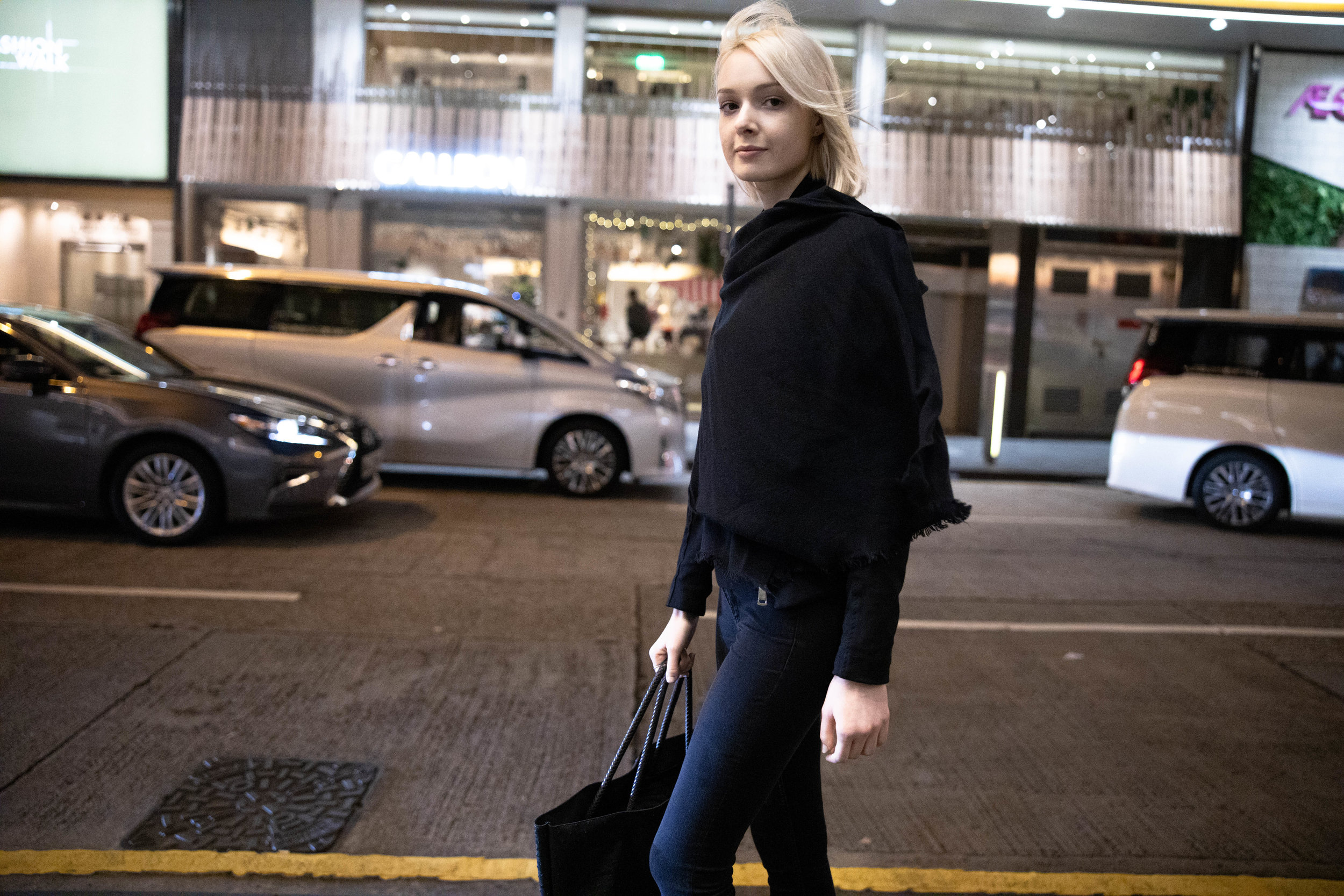




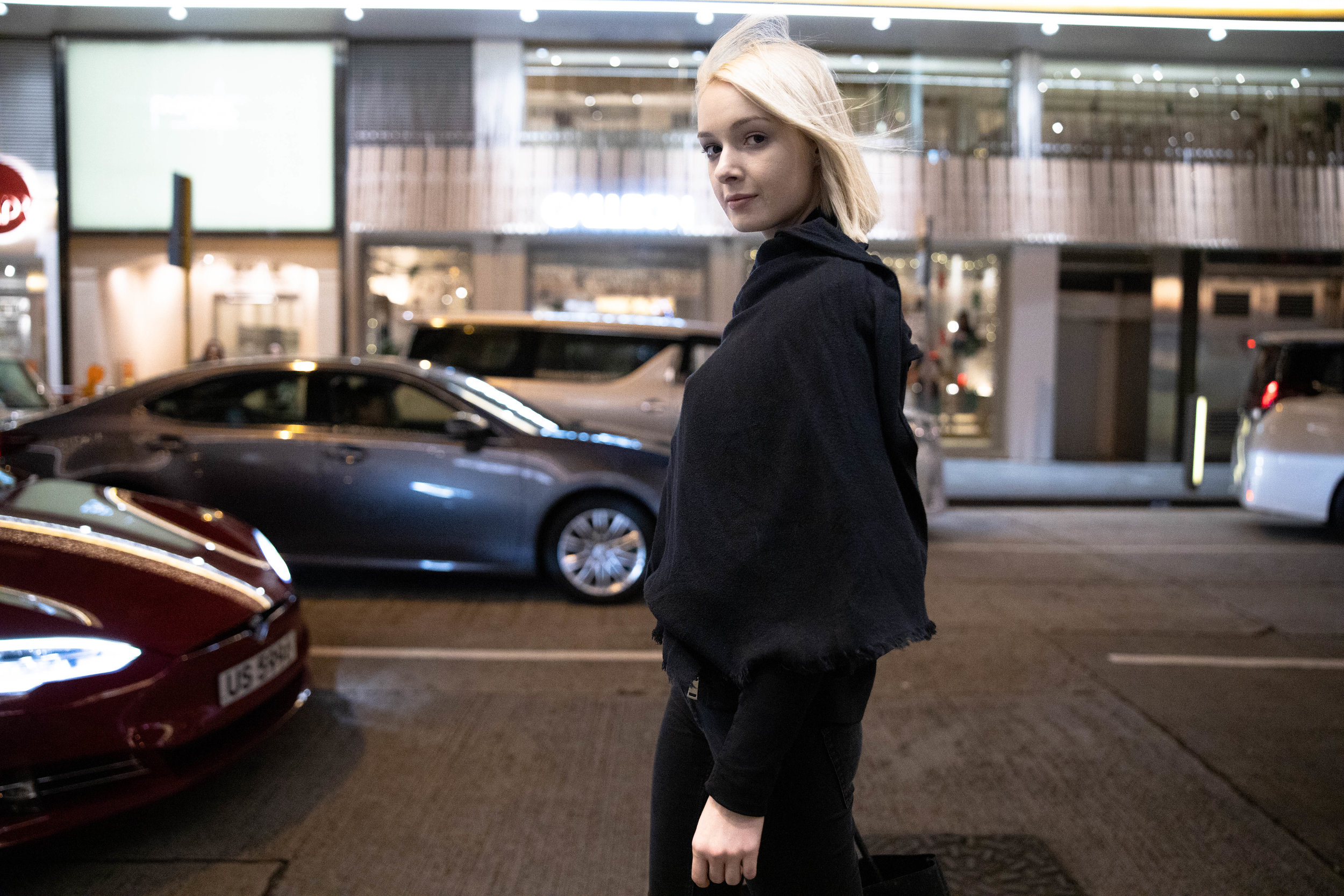
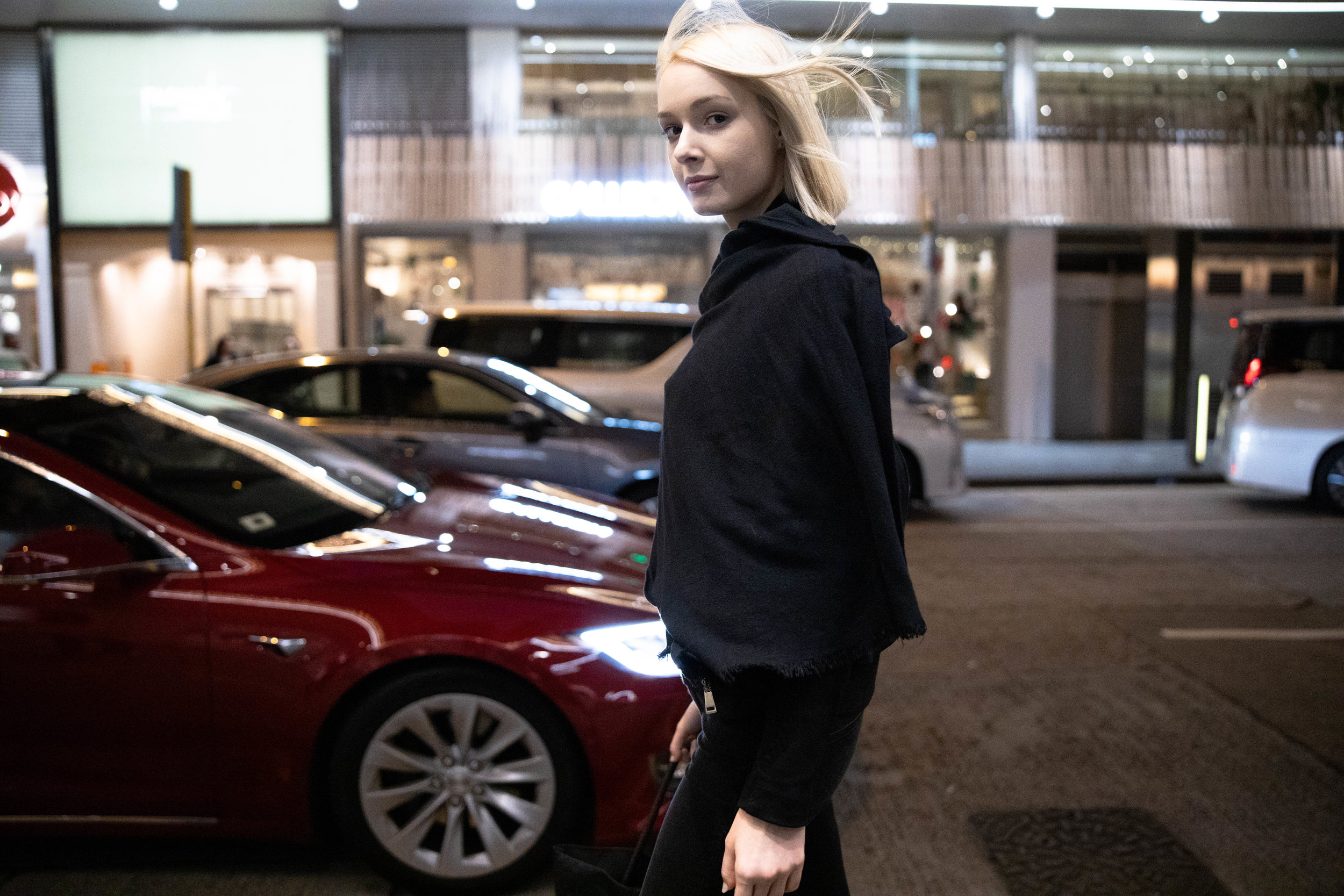


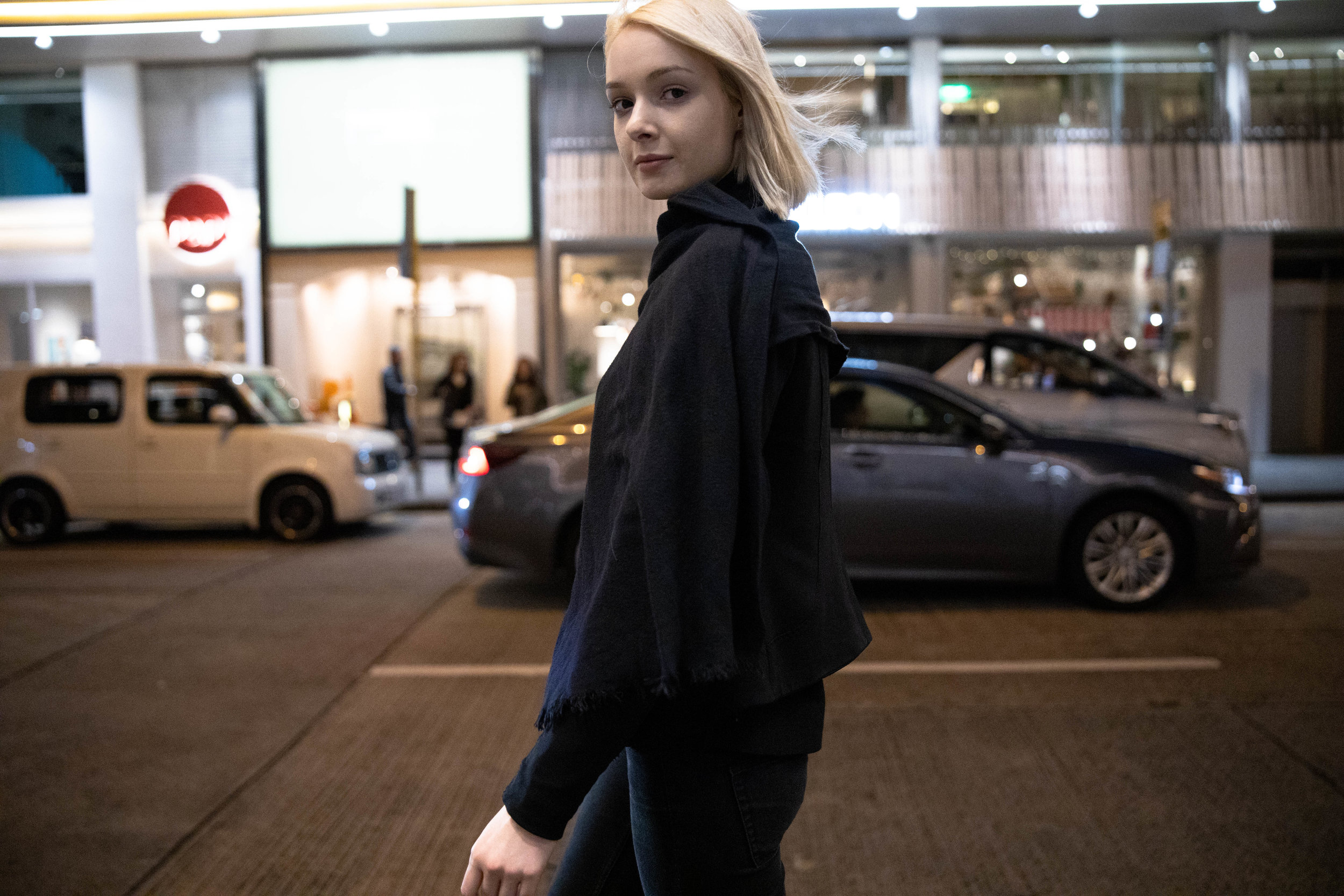
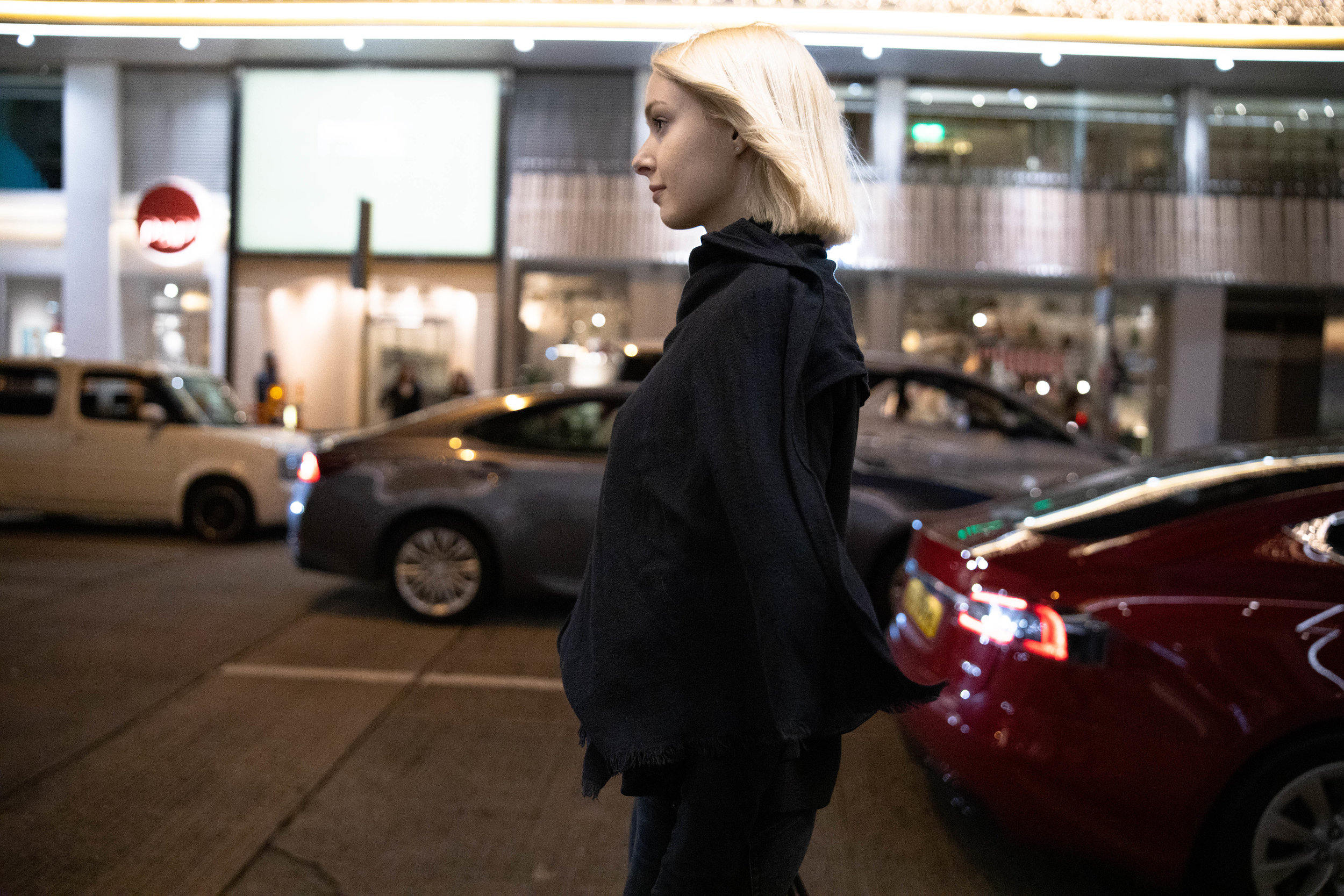
Canon EOS-R + Canon RF 28-70mm f/2L USM @28mm, f/2, 1/640s, ISO 6400 - Not tweaked in post.
Canon EOS-R + Canon RF 28-70mm f/2L USM @70mm, f/2, 1/1600s, ISO 6400
Canon once more seized the moment by starting off with the right foot forward. They ushered in this new era of full frame mirrorless imaging by pushing the limits of optical performance - and I am not talking about the Canon RF 50mm f/1.2L USM, which I posted last week. Rather, what I am referring to is the Canon RF 28-70mm f/2L USM. So impressed I was by the audacity of this lens announcement that I had to do a double take on my first reading.
Like the Canon EF 50mm f/1.0L USM, the Canon RF 28-70mm f/2 is an exercise in scent marking. In bringing this lens to the world, Canon is doing something that has never been done before. It’s not a manual focus normal focal length lens with a maximum aperture of f/0.95. Leica already has one. Canon already made one over fifty years ago. And it seems as if every Tom, Dick, and Harriet has made one from Voigtländer to Mitakon. Even Handevision has a f/0.85 lens.
The RF 28-70 f/2 is in a class all by itself. It is a full stop faster than the current pitiful standard of f/2.8 sported by fast mid range zoom lenses. One can only imagine the many possibilities of what a stop can bring to rendering bokeh or low light photography at variable focal lengths. But when the dust eventually settles on what this lens is on paper, the reality of what this marvel of optical achievement truly is will begin to weigh significantly on the actual user experience.
Canon EOS-R + Canon RF 28-70mm f/2L USM @28mm, f/2, 1/40s, ISO 800 - Not tweaked in post.
Canon EOS-R + Canon RF 28-70mm f/2L USM @70mm, f/2, 1/40s, ISO 800 - Not tweaked in post.
Canon EOS-R + Canon RF 28-70mm f/2L USM @35mm, f/2, 1/30s, ISO 800 - Not tweaked in post.
Canon EOS-R + Canon RF 28-70mm f/2L USM @70mm, f/2, 1/50s, ISO 800 - Not tweaked in post.
Canon EOS-R + Canon RF 28-70mm f/2L USM @35mm, f/2, 1/25s, ISO 800 - Not tweaked in post.
Canon EOS-R + EOS R to EF Adapter + Canon EF 35mm f/1.4L II USM - f/1.4, 1/60s, ISO 800 - Not tweaked in post.
The RF 28-70 f/2 is a whale of a lens. Not white like Canon’s line of telephoto lens. But it might as well be, given its 95mm filter size. This lens is 5.5” (or 140mm) long and weighs 3.15lb (or 1.43kg). To give you a context of weight, the Canon EF 70-200mm f/2.8L IS II USM is only 0.35lb (or 90g) heavier than the RF 28-70 f/2, even though it’s 2.33” (or 59mm) longer. Needless to say, this lens isn’t for the faint of heart. It’s not something you’d want to lug around, just in case you need it.
In the real world, the Canon RF 28-70 f/2 doesn’t really make sense. Sure it gives one the benefit of an extra stop in speed. But how necessary is it? Cleaner high ISO files renders the need for that additional stop less pressing in low light situations. And whatever benefit one more stop can offer in rendering bokeh, a faster prime lens would be even better in blowing out background details - or better yet, a fast telephoto lens like any 200mm f/2 or 300mm f/2.8 lens.
And that is the point. What is exactly the product position of the RF 28-70 f/2? I mean, it’s not particularly well suited as a walk around lens, given its substantial girth. Furthermore, its variable focal length isn’t especially needed for controlled studio shooting, where interchanging different focal lengths lens between shots isn’t a significant hardship. In both cases, there are much better lens solutions that offers greater portability, or variety in focal length or maximum aperture.
Canon EOS-R + Canon RF 28-70mm f/2L USM @70mm, f/2, 1/25s, ISO 800 - Not tweaked in post.
Canon EOS-R + Canon RF 28-70mm f/2L USM @28mm, f/2, 1/80s, ISO 800 - Only highlights tweaked in post.
Canon EOS-R + Canon RF 28-70mm f/2L USM @28mm, f/2, 1/50s, ISO 800 - Not tweaked in post.
Canon EOS-R + Canon RF 28-70mm f/2L USM @70mm, f/2, 1/50s, ISO 800 - Not tweaked in post.
Canon EOS-R + Canon RF 28-70mm f/2L USM @70mm, f/2, 1/30s, ISO 100 - Not tweaked in post.
Canon EOS-R + Canon RF 28-70mm f/2L USM @70mm, f/2, 1/30s, ISO 100 - Not tweaked in post.
Don’t get me wrong. The RF 28-70 f/2 is truly a marvel of optical achievement. It is sharp, keeps optical aberration under control, and is a full stop faster than any run-of-the-mill mid range zoom lens like the Canon EF 24-70mm f/2.8L IS II USM. That said, it’s also less wide in reach, sacrificing 4mm in focal length. This makes the RF 28-70 f/2 somewhat more limiting in tight spaces - which I experienced up dark stairwells - where incidentally the additional stop is material in use.
Also worth mentioning, the RF 28-70 f/2 hunts for focus in low light when extreme backlighting is present. And in terms of rendering, it really doesn’t seem all that special either. I mean, there’s no apparent magic at maximum aperture that gives this lens an edge over faster primes in rendering. Moreover, whatever I lose in variable focal lengths, I can just as easily remedy that by cropping or taking a step forward or backward - assuming there’s room to back up.
Still, I won’t be throwing this catch back into the water. I’ve already come this far chasing Canon’s white hump round a tempest of obsessiveness. Fact is, the Canon RF 28-70mm f/2L USM is a halo product that doesn’t need to make sense, much less interest a wider consumer segment. This lens isn’t for everyone. But, the fact it exists means the many hopefuls aspiring for the best will forever rest assured that their more modest Canon selections descend from the same proud lineage.
Canon EOS-R + Canon RF 28-70mm f/2L USM @28mm, f/2, 1/25s, ISO 100
Canon EOS-R + Canon RF 28-70mm f/2L USM @28mm, f/2, 1/25s, ISO 100
Canon EOS-R + Canon RF 28-70mm f/2L USM @28mm, f/2, 1/60s, ISO 100 - That’s the Canon RF 28-70mm f/2L USM reflected in the mirror… and me… for what it’s worth.
Canon EOS-R + Canon RF 28-70mm f/2L USM @70mm, f/2, 1/80s, ISO 100 - This background photobombing strangely makes this accidental documentation work, in creating a left to right rising composition with the white hanging garment anchoring the right of the frame.
Canon EOS-R + Canon RF 28-70mm f/2L USM @70mm, f/2, 1/50s, ISO 100 - Not tweaked in post.
Canon EOS-R + Canon RF 28-70mm f/2L USM @70mm, f/2, 1/50s, ISO 100 - Not tweaked in post.
Last, I don’t want you to think that I have an axe to grind with Nikon. Admittedly, I still haven’t gotten over how Nikon Hong Kong went back on their word to offer me the first batch of Nikon Z bundles. But from the perspective of lens design, why isn’t the 58 Noct f/0.95 an autofocus lens, and why is the 35 f/1.8 S so much bigger than the Canon equivalent? In that way, I suppose Canon is better suited for dynamic documentation, whereas Nikon is better for static photography.
If my area of concentration were landscapes, architectural, or portrait photography (where I have the luxury of time to compose my shot), I would probably prefer the Nikon system. It does have that rear joystick that Canon did away with, after all. So as you can see, I am not adverse to Nikon. It’s just not for me. Nevertheless, I did take great liberties in this post. If you’re a Nikon loyalist, I hope you took my tongue and cheek in good humor. #LaughterHidingPain.
PS - why did Canon do away with the rear joystick and replaced it with that horrible touch bar?
By the way, it would have been amazing if Nikon actually made an autofocus 58mm f/0.95 lens.
Honorable mention to Herman Melville, by way of Star Trek II, the Wrath of Khan, in addition to Star Trek, First Contact, and Tennessee William’s A Streetcar Named Desire… the source of my good humor.
Images that haven’t been tweaked in Adobe Lightroom have been disclosed in the captions. All other images have been tweaked, with their exposure, shadows and highlights optimized. Title image has been optimized and cropped.






